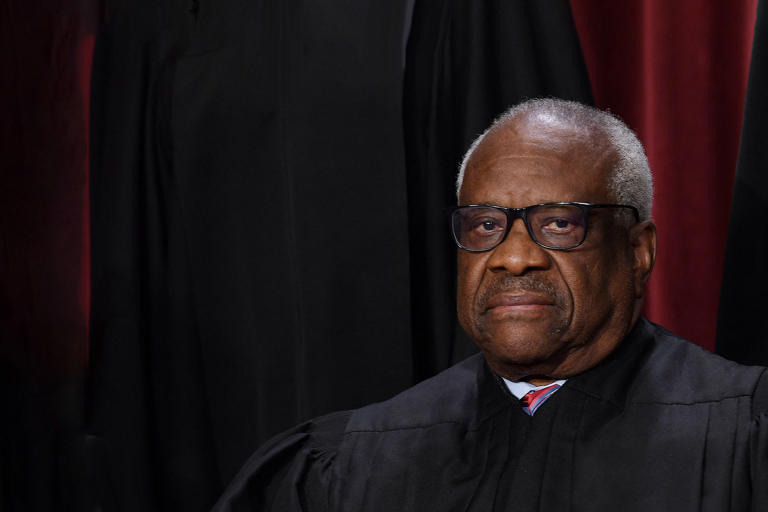Women's shelters across Canada are losing nearly $150 million in federal funding
The more than 600 women's shelters across Canada will soon lose hundreds of millions of dollars in federal funding they say has kept them afloat during the pandemic and is still desperately needed.
Since April 2020, Ottawa has provided $300 million in emergency pandemic funding to organizations that fight violence against women. Nearly half of that sum — about $145 million — went to fund women's shelters. On average, each shelter received nearly $130,000 extra a year under the pandemic program.
That funding stream is set to expire in September.
"This money is absolutely needed," said Frances Daly, the shelter director at Oshki Kizis Lodge, an Indigenous women's shelter in Ottawa. It received nearly $640,000 through the program.
"The funding that we've gotten during COVID has alleviated suffering. And the absence of it will mean that there will be suffering."

Frances Daly of Oshki Kizis Lodge in Ottawa says the additional funds from the federal government helped fill many holes in their patchwork budget.© Michel Aspirot/CBC
The funding came as women's shelters reported an uptick in demand for their services during the pandemic. Domestic violence flared during the pandemic due to a host of factors, including isolation restrictions that cut women off from regular support systems.
Shelters used the money to hire extra staff, pay for desperately-needed upgrades to their buildings and run programs like child care.
They also spent it on additional emergency supports for women and their children — helping them out with food and medication, transportation, or paying for emergency accommodation in hotels when shelter beds were full.
"We've been able to buy clothing for women who've had to flee and had nothing but flip flops and a pair of pajamas on when they got here," Daly said.
"We've filled in all these little gaps that come up that seem small, but are huge when people are facing them."

Erin Lee, who runs Lanark County Interval House and Community Support in the Ottawa Valley, said many of the family violence issues made worse by the pandemic haven't gone away.© Michel Aspirot/CBC
While pandemic restrictions have ended, the need for the extra money has not, said Erin Lee, executive director of Lanark County Interval House. It runs a women's shelter in the Ottawa Valley.
"It's certainly not over in terms of the incidents and the level of incidents that were exacerbated through COVID," Lee said. "The recovery for women in terms of healing, in terms of family law and navigating the system, is far from over.
Related video: Vital support for women's shelters about to run out (cbc.ca)
Duration 2:12 View on Watch
cbc.caCanada Soccer execs questioned over treatment of women's team
1:44
Global News'People are getting the message that it's ok to act out, cross lines': Sociology professor reflects on COVID-19 pandemic's impact on crime
1:43
"This support was invaluable to our communities, especially folks like us who are in a rural community."
The shelter used its extra $540,000 to pay for food hampers, establish a day program for kids experiencing domestic violence and hire a housing advocate, among other things.
Minister won't commit to extending funding
The federal minister for the status of women said the government "will not leave women and organizations in a lurch" but did not commit to renewing the money.
"I will not say at this point that I won't extend funding. I think that these are decisions that are being made," said Marci Ien.
"I will say and continue to say to the organizations that we've had their back and will continue to have her back."
The funding cut comes after the recent inquiry report on the mass shooting that left 22 people dead in Nova Scotia called intimate partner and family violence an "epidemic" that needs to be funded by all orders of government at pandemic levels.
In the most recent federal budget, released just days before the inquiry's final report, Ottawa did not commit any new money for tackling domestic violence and offered nothing to fund women's shelters. Instead, it set aside $53 million each year for the "Women's Program." It funds one-time projects under the general banner of addressing women's equality.
Unlike previous funding, the Women's Program money can't be used to help with an organization's operations.
'Enough to keep the lights on'
"There is no indication of any future money coming," said Kaitlin Geiger-Bardswich, a spokesperson for Women's Shelters Canada. The non-profit was tasked with distributing $120 million of the pandemic funding to women's shelters outside of Quebec.
"Shelters are always underfunded," she added. "This money was a temporary relief."
Women's shelters in Canada currently operate on a patchwork of funding. Most receive core operating funds from their provinces or territories through various models.
"It's enough to maybe keep their lights on and keep the building functioning," Geiger-Bardswich said.
Women's shelters usually rely on donors, fundraising and one-time grants from all levels of government to make up their remaining budgets and help pay for staff and services, Geiger-Bardswich said.
Federal funding, Geiger-Bardswich said, usually comes as one-time grants.
That's why the pandemic money was vital, she said, because shelters could use it to cover anything they needed.
"It was a recognition that the work you're doing is life-saving," she said. "You don't have to come up with a new and innovative way of doing it."
The money also came at a vital time, she said, as the high cost of living and the housing crisis have together made it even harder for women and children fleeing a violent home to find a safe place to live.
"It was literally life-saving both for keeping the shelters open, and for saving the lives of the women and children who are accessing them," she said.









